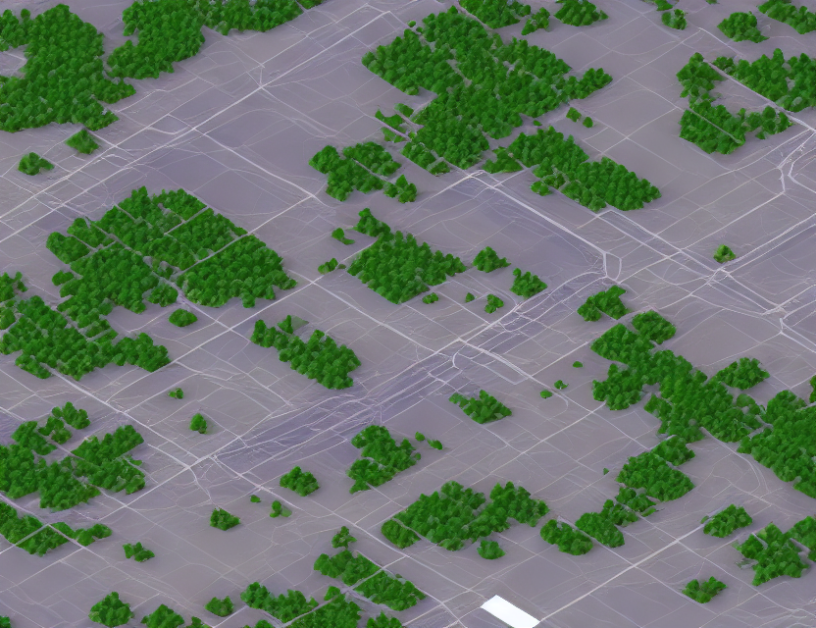In this article, we delve into the world of recurrent neural networks (RNNs) and explore how they can be optimized using a unique combination of optical and electronic components. RNNs are a type of neural network that is particularly useful for processing sequential data, such as time series data, but they have some limitations when it comes to handling complex tasks. To overcome these limitations, we propose using a hybrid system that combines the advantages of both optical and electronic components.
The proposed scheme involves using a magneto-resistive (MR) material in the form of a reservoir layer to enhance the performance of the RNN. The MR material acts as a temporal memory element, allowing the network to retain information over time. By modulating the optical pumps that interact with the MR material, we can effectively control the flow of information through the network. This is achieved by using a waveguide to deliver the optical pumps to the MR material and a combiner to combine the output signals.
To further optimize the performance of the system, we use a delay-based input method that allows us to manipulate the phase of the optical signals as they interact with the MR material. This enables us to effectively control the flow of information through the network and improve its accuracy. Additionally, we use an optimized task-independent bias to enhance the performance of the network.
The proposed scheme is demonstrated using a NARMA-10 task, but the potential of MRR-based RNNs has been demonstrated for other time-series prediction tasks as well. The article provides a detailed analysis of the proposed scheme and its performance, showing that it can significantly improve the accuracy of RNNs in complex time series prediction tasks.
In summary, our proposal offers a novel approach to optimizing RNNs by combining them with optical components. By using a hybrid system that leverages the advantages of both electronic and optical components, we can overcome the limitations of traditional RNNs and achieve significantly better performance in complex time series prediction tasks. This work has important implications for a wide range of applications, including signal processing, data analysis, and machine learning.
Computer Science, Neural and Evolutionary Computing
Scalable Reservoir Computing with Eliminated Delay Feedback



